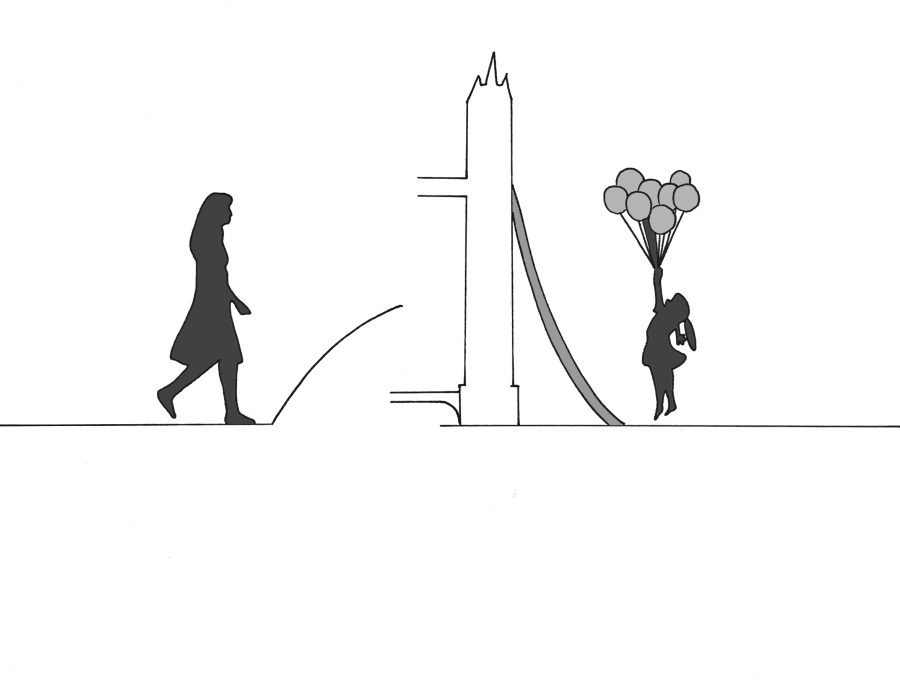She was a fourth grader I met at an after-school science workshop, a ten-year-old, and she was better at physics than me, a junior in AP Physics. In a matter of minutes, the most advanced model bridge from the back of the instructions pamphlet of The Real Model Bridge Building Kit was merely amateur practice for her. She ditched the instructions pamphlet to make her own bridge, twice as complicated as the first.
Sure, I could tell you what centripetal force meant, but without even knowing what the word “physics” really meant, her tiny fingers had mastered it.
What if physics wasn’t all F=ma, but it was a world of bridge-building? What if it was the entangling copper wires behind the screen of your iPhone? Or the pacemaker in the chest cavity of a living human, helping her heart beat? The thing is, physics is all these exciting things and so much more, but the majority of the time, what we’re learning in science and math classrooms occupies a hypothetical space, something intangible and, as a result, less interesting. Yes, we should learn formulas and concepts, but we should also learn how we can apply what we’re learning to reality as well.
Our high school classes may be the only exposure we ever receive to certain subjects, so we need to offer true glimpses into the myriad opportunities that these STEM fields can lead to. Having a more engaging, hands-on and practical STEM education will allow more students to discover their interest in pursuing STEM in the future.
So, what can we do to accomplish this? We need to make a concerted effort to teach students STEM beyond pen and paper. Labs are a great way of exploring the topics that students learn, but we can go further. Geology students get to go on field trips to Death Valley. Now, let’s take chemistry and biology students to cancer-research labs. We have so many highly successful parents and alums in the STEM field. Let’s reach out to them, and have speakers for specific classes.
A parent who is a surgeon can talk to biology students about the first life he saved. In history class, we have year-long term papers where students can delve deep into any facet of history that interests them. Why don’t we do the same in science and math with research projects? Students can design their own labs and get excited about creating something real that they are truly interested in.
I know that the administration has been re-evaluating the nature of learning at Harvard-Westlake. They envision a utopian world where students run equally on passion as they do on caffeine. This is a goal that I think we can all get behind, but to achieve them we need to go one step further than limiting the number of AP classes students can take, and start to re-evaluate the way students are learning. So many of us come in as eager and passionate as that fourth-grade girl, but somewhere along the way, between memorizing terms and perfecting our algebra, many of us lose part of that curiosity and love for learning that had burned so brightly in us before.
Let’s make our school a place where the sparks of passion are nurtured to flames, not stamped out.




























